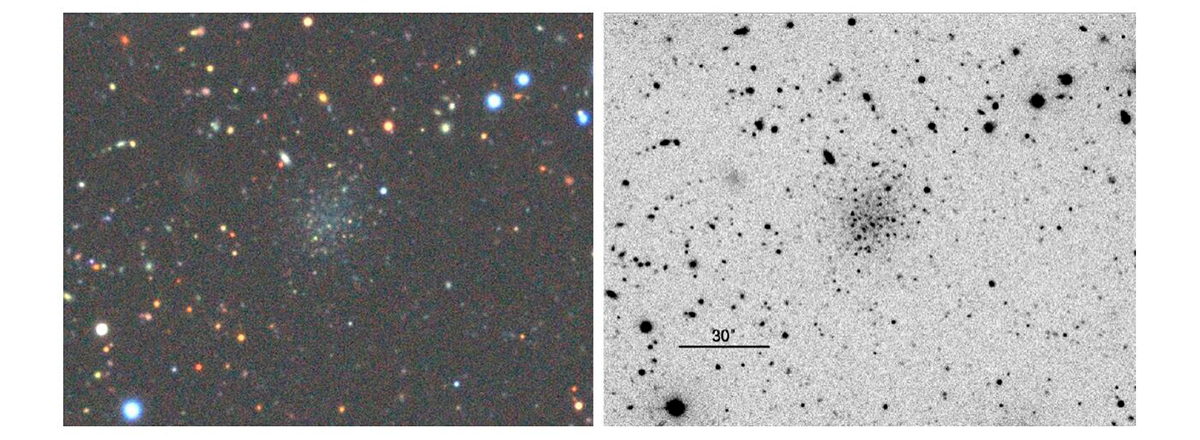Astronomers Discover a New Ultra-Faint Dwarf Galaxy
Astronomers have discovered an ultra-faint galaxy called Toucana B. It is located 4.5 million light-years away, and scientists believe it could show us what stellar systems looked like at the beginning of the universe.

Astronomers from the University of Arizona have discovered a new ultra-faint dwarf galaxy designated Tucana B. According to experts, this is the first isolated object of this type found in the outskirts of the Local Group of galaxies. The work was accepted for publication in The Astrophysical Journal, and so far, its preprint is available on arXiv.
The new galaxy was found during a visual search for faint dwarf galaxy companions of the spheroidal galaxy Tucana. In order to find the new galaxy, astronomers analyzed data from the Dark Energy Spectroscopic Instrument (DESI), which is designed to search for very faint sources of radiation. According to the study, Tucana B is located at a distance of 4.5 million light-years from Earth.
Studies show that this tiny galaxy has almost no star formation processes, is very heavily shielded from us by dark matter, and is composed of an old metal-poor stellar population.
The lack of star formation is quite usual for such objects. Scientists attribute it specifically to an excess of dark matter nearby, but the specific mechanism remains unknown. Because of its relative distance from the nearest larger galaxy, the process of star formation has most likely been stopped by some internal process.
Such dwarf galaxies are believed to have formed quite a long time ago, so they are the best candidate fossils from the universe at its early stages.

